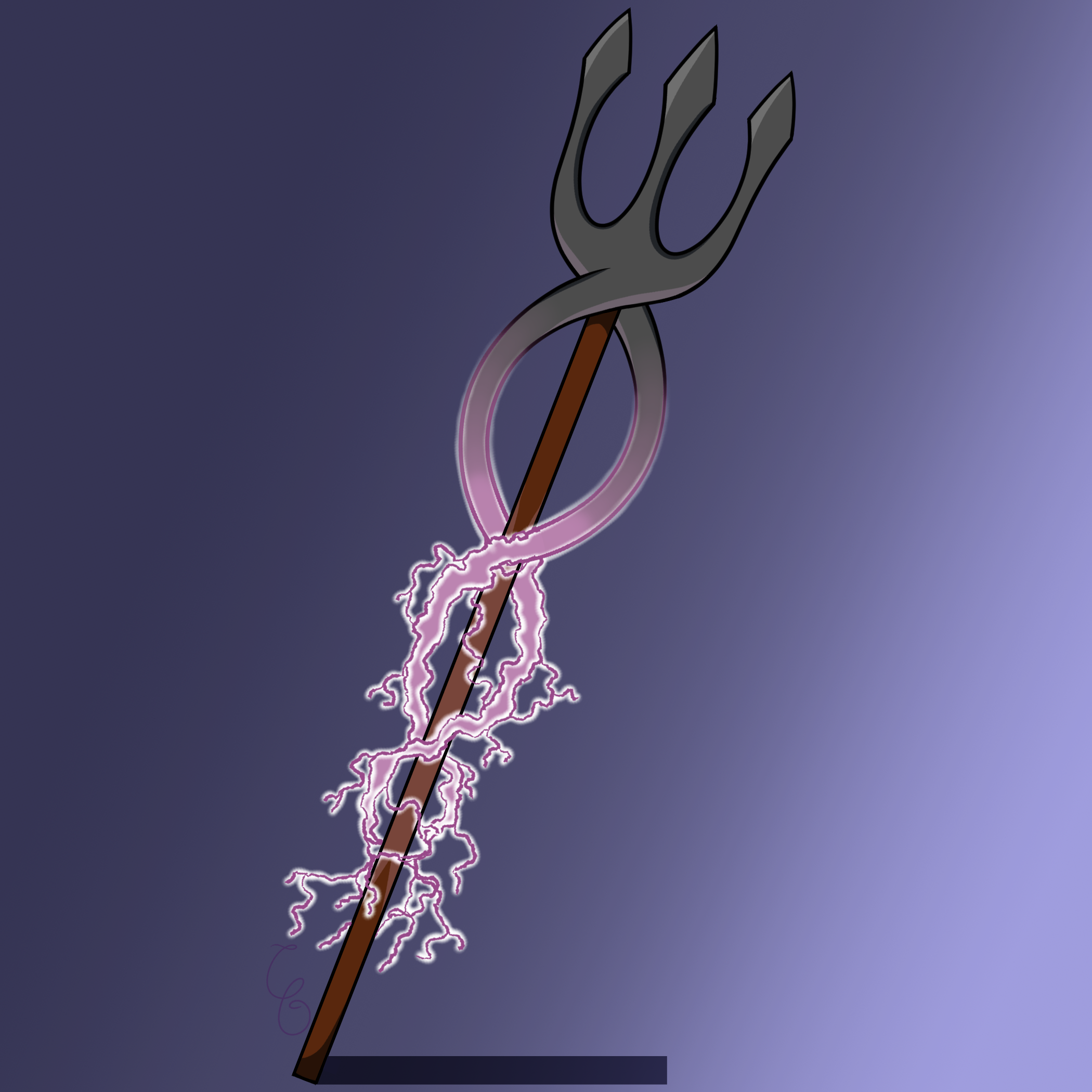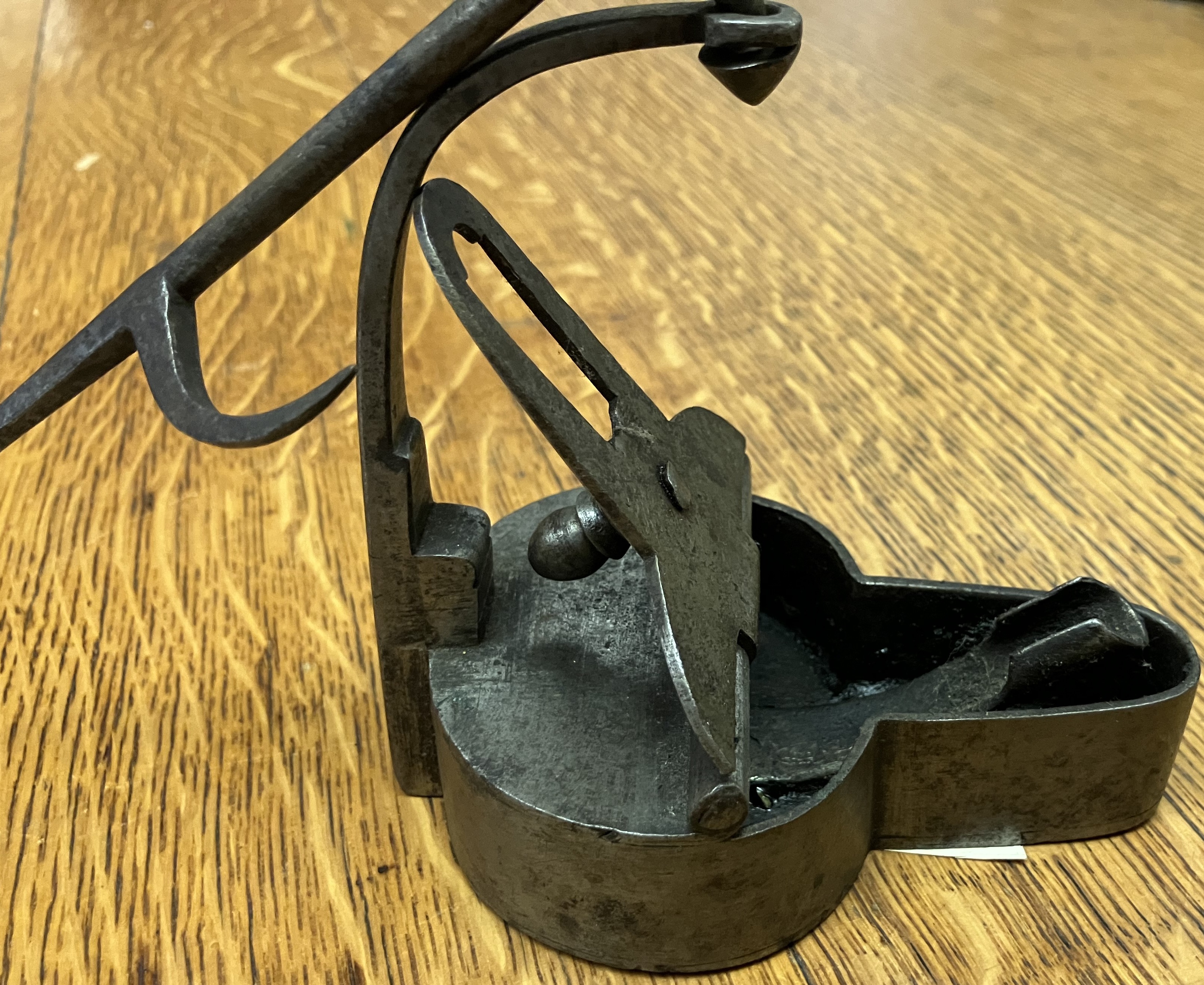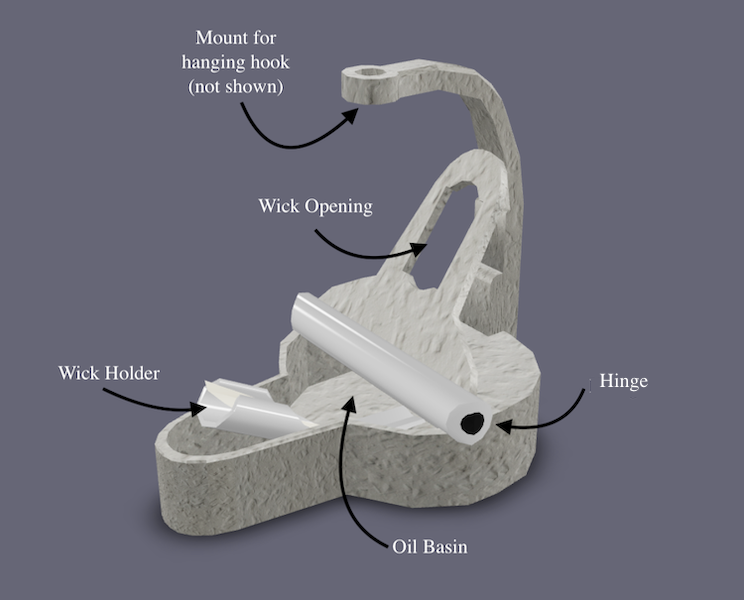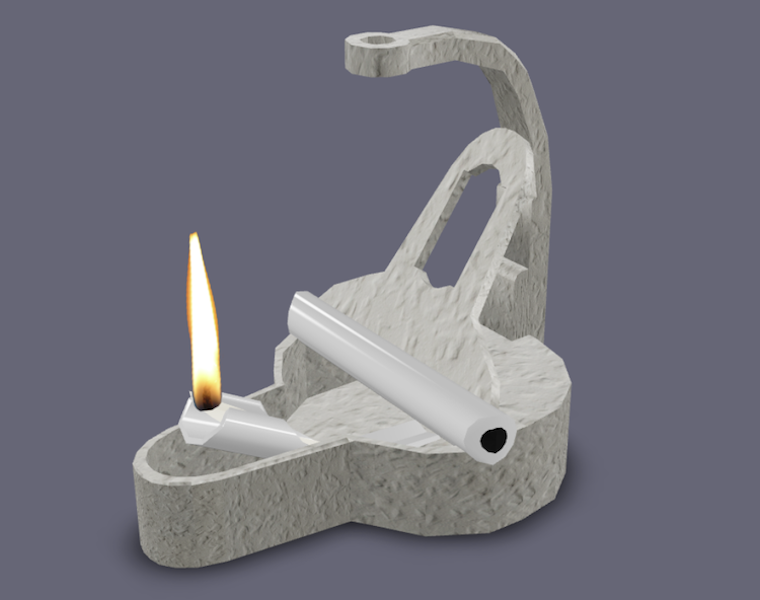
Lighting The Lamp
A short foray into the useage, and history of the Betty Lamp


Summery
- The Betty Lamp was a type of oil lamp from the 18th century, which burned fish oil, or fat, and was a mobile light source that acted as an alternative to candles for work, or home use.
- By todays standards, Betty Lamps did not produce adequate lighting
Operation
- The wick of an oil lamp draws the fuel (oil or grease) up through capillary action.
- The resulting fuel is atomized at the end of the wick and bruns, mostly preserving the wick.
- The wick needs to be properly and completly soaked in the fuel or else it will burn instead of the fuel.
Open Lid
3D Model
Labled Image
Light The Lamp
Photo Gallery
History
- The design of the Betty Lamp most likely came from Germany
- Oil lamps, like the Betty would eventually be replaced by Kerosene lamps in the 1850s and electric lighting in the 20th century.
Fun Facts
- The name "Betty Lamp" comes from the German "to make better" or "better lamp" and was called thus due to its internal wick design.
- The Internal wick, and the position of the wick holder/tray lets any excess oil/grease fall back into the lamp, rather than on the floor, avoiding spills.
- Betty Lamps are still made today, and plans are available online (if you have a forge)




